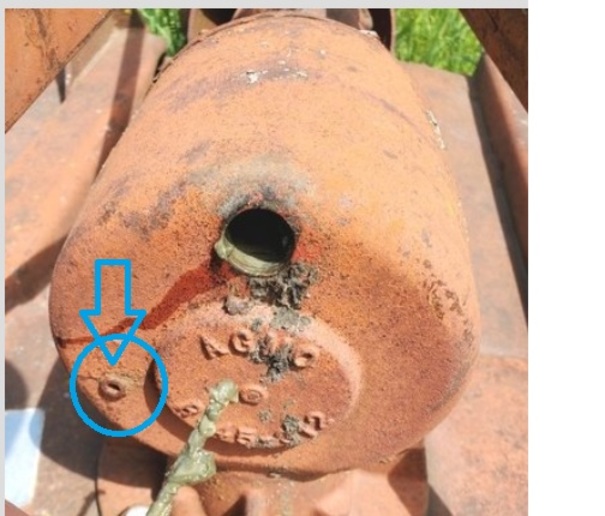WI Dan
Well-known Member
- Location
- Northern Wisconsin, Price County
I appreciate those who responded to my last thread.
I take seriously the safety aspect. Yet I bear risk in every task accomplished. I approached this unit with a wary eye and zero trust. I've many updates pending but for the price ($150) I took a shot. I realize this unit is old, tired, and worn. But the past weekend surprised me. Here's the story:
I started by opening the access bolt on the top rear of the gearbox. It was sludge! grey/beige goop. I dipped out as much as I could with a stick:


So, I filled it with "gear oil" leftover from some bottles I got at a rummage sale. Probably a quart's worth. mostly 90w and some 75w. It may not be the right stuff, but better than running without any oil, right?
I take seriously the safety aspect. Yet I bear risk in every task accomplished. I approached this unit with a wary eye and zero trust. I've many updates pending but for the price ($150) I took a shot. I realize this unit is old, tired, and worn. But the past weekend surprised me. Here's the story:
I started by opening the access bolt on the top rear of the gearbox. It was sludge! grey/beige goop. I dipped out as much as I could with a stick:


So, I filled it with "gear oil" leftover from some bottles I got at a rummage sale. Probably a quart's worth. mostly 90w and some 75w. It may not be the right stuff, but better than running without any oil, right?



